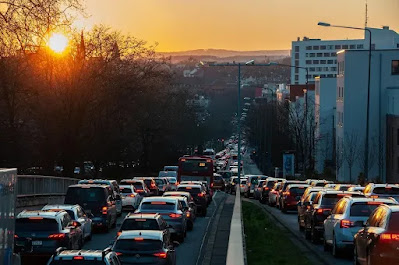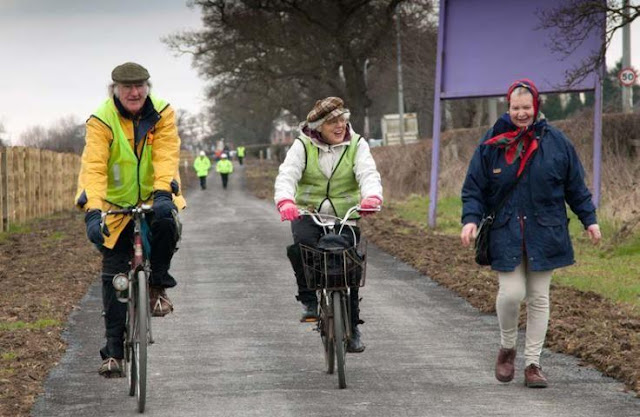 |
| Community Board 6, Manhattan . Photo by Kevin Dugan for Streetsblog NYC. |
People kill people. Therefore, laws against homicide and manslaughter are pointless.
Any lawyer who made such a statement probably wouldn’t be a lawyer for much longer. And anyone else who uttered it might be committed—or, in some places, elected.
While nobody in Manhattan’s Community Board 6–which includes the east side of the borough from 14th to 59th Street, one member of that wise and worldly body said something that is, at least to mind, just as logically flawed.
Or could it be that Jason Froimowitz has access that I lack to powers of reasoning. He was reactingto a bill, proposed by City Council Member Robert Holden, that would require, “ every bicycle with electric assist, electric scooter, and other legal motorized vehicle that is not otherwise required to be registered with the DMV, to be registered with DOT and receive an identifying number which would be displayed on a visible plate affixed to the vehicle.”
That sounds good on its face. But, perhaps not surprisingly for anything from Holden—who’s never met a cop or car he didn’t like—it’s not very well thought-out. For one thing, doesn’t address a legal loophole that allows moped buyers to leave the shop without registering the vehicle. So someone could buy a moped and the city would be none the wiser—and thus unable to enforce a mandate to plate.
The bill also does not acknowledge a major source of dangerous moped and ebike operation: food delivery apps, which guarantee customers that their ramen will be delivered within 15 minutes or some similar time frame. As it stands, delivery services and the restaurants that employ them face no penalties when their delivery workers maim or kill someone.
To be fair, requiring registration—from the point of sale onward—would make it easier to hold Doordash and their ilk to account, in part because the police will have one less excuse for not enforcing bans on motorized vehicles in bike and pedestrian lanes—and for not citing dangerous operation on the streets.
Froimowitz's objection to the bill, however, has nothing to do with the flaws I have enumerated. Rather, he seems to think that passing any law to address the issue is pointless. This would-be bastion of jurisprudential logic instead offers up this analogy as his reason for voting against the bill:
We currently require registration and license plates for motor vehicles in New York City and there is a prolific problem of vehicles obstructing, and removing, and defacing those license plates, so I fail to see how a solution requesting new implementation of license plates would be effective.
Before I proceed, I must say that I fail to see how a vehicle can obstruct, remove or deface a license plate. And I am trying to wrap my head around "a prolific problem." When someone or something is "prolific," they produce something in abundance, whether it's fruit from a tree or writing from a blogger. A problem does not produce anything; it is produced and whatever produces it might be prolific if it is making more problems or anything else.
Now that I have pointed out the mixed metaphors and overall lazy use of language by a member of a community board that includes some of the city's most affluent and presumably best-educated residents, I will say, in fairness, that he is right on one count: No regulation will stop all dangerous, discourteous and simply stupid behavior. But to use that as a reason not to require registration and plating is a bit like saying that there shouldn’t be any restrictions on guns because someone, somewhere will find a way around them.























